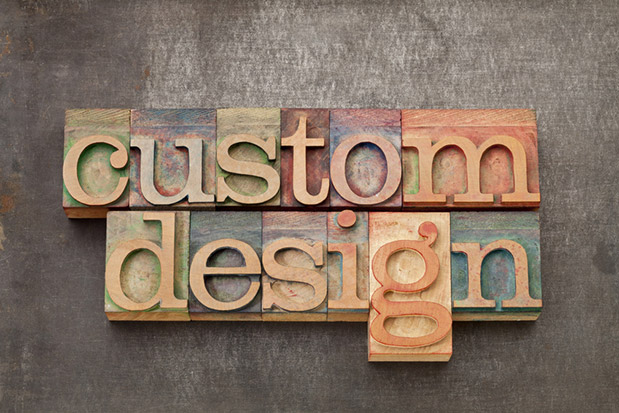The design is very important for an online store, it possibly plays the key role in attracting users’ interest to your products. In order to make your menu representation unique and beautiful, you can configure Custom Design for Magento ® categories.
Why Are Custom Categories Necessary
Every online store must have its own zest. If you have already tried all other variants and have come to the idea of the creation of a useful and efficient design, why don’t you start with the configuration of categories output? To make it convenient for both administrators and customers you should create a specific style for each category.
This becomes possible in your Magento ® online store thanks to its unique option called Custom Design. Let us review how to configure it.
Step-by-step Custom Categories Instructions
Go to the admin panel and locate the option for Custom Design. The system will offer you several variants of design for a specific category. You can choose any variant you wish or even add your own. If you do not choose any variants the field will remain empty and your store will use a standard theme which is set as default for that object.
This parameter can be changed if you go to System > Configuration > Design. There you need to locate ‘Current package name’ option which indicates which of eCommerce templates is currently used. In this option, you can specify the name of the design package you like or the one you have uploaded from your computer. Do not forget to save the changes.
Now, the configuration of categories output. To apply unique design to each category you need to do the following. In the drop-down menu ‘Apply To’ choose the necessary variant. For example, if the specified design is going to be used for one category only, the variant will be ‘This category only’. You can also choose ‘This category and its products’ – this means that selected design will be used not only for categories themselves but for all products, too. However, if one and the same product belongs to several categories, this product should be displayed differently in each category to avoid confusion.
Another interesting variant is ‘This category and its child categories’. This means that selected design will be applied to this category, its products, and its child categories. Remember that, if you set the child categories to use design templates different from the one set for the parent category, this setting will not be applied. The system will not consider it as a priority. If you wish to set all categories and products to use the same design template, choose the option ‘All’.
You can also choose the period of time in which this specific design will be enabled and disabled. This is a very convenient option. In order to configure it just choose the corresponding time frame in the lines ‘Active From’ and ‘Active To’. This option is very convenient if you need to enable a specific design for a specific period of time, e.g. on holidays or sales. It will automatically be enabled when the time comes, then disabled when scheduled, and the site will return to its usual design.
Besides that option, you can also use specific GoMage extensions which will help you to create a unique and convenient design.
You can also use this section to configure the functionality for each category.
For example, you can make it have one or two columns, display products without delimiters or configure the output areas for additional columns. In order to do that, choose the desired option in ‘Page Layout’ drop-down list. It can be ‘No layout updates’ (only standard settings left), ‘Empty’ (the category page will only display products), ‘1 column’ (or ‘3 columns’), ‘Column on the left’ (option to choose currency will be displayed), ‘Column on the right’ (usually contains ‘Shopping cart’, ‘Wishlist’, ‘Polls’, etc.). The option ‘Custom Layout Update’ is responsible for the update of the settings. if you wish to create your own themes, they should all have XML structure.
If you have any questions about custom categories please email to our development team for Magento ® or leave your comments to the article.




